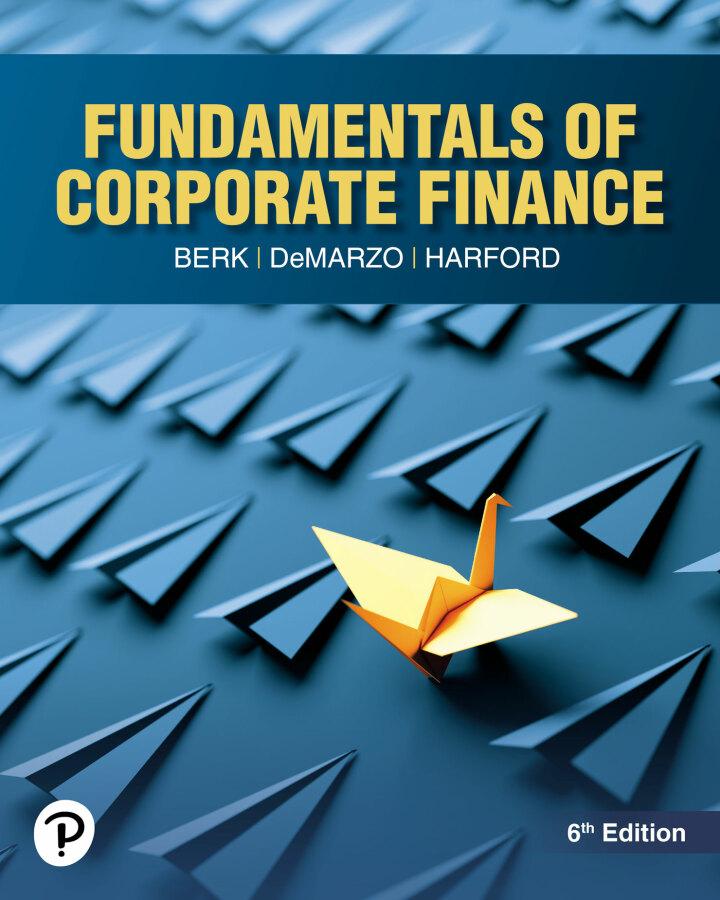After graduating, your success in business has put you in a position to purchase a house for
Question:
After graduating, your success in business has put you in a position to purchase a house for \($500,000.\) You plan to put \($100,000\) down and borrow \($400,000.\) You need to decide on a mortgage, and realize you can apply the skills you have acquired in the last several chapters to evaluate your choices. You are considering a 30-year fixed rate mortgage. Begin by looking on a website like www.bankrate.com at all the choices available in your location.
As you will quickly find out, loans come with different “points”—fees that your must pay at loan origination. Determine the most attractive option at each point level available, including loans with zero points if they are available.
Record the interest rate, points, fees, “APR,” and monthly payment for each loan. Use the annuity formula or PMT function in Excel to verify the monthly payment for each loan. (Note that to convert the quoted interest rate to a monthly interest rate you must divide by 12. Your result may differ slightly due to rounding.)
Next, calculate the actual amount you will receive from each loan after deducting fees.
(Note that fees include both closing costs and points. Points are paid up front and are calculated as a % of the loan amount.) Using this net amount as the amount you will receive (rather than \($400,000),\) show that the quoted “APR” of the loan is the effective IRR of the loan once all fees are included (you may use the annuity calculator available in MyLab Finance, the Rate function in Excel, or calculate the NPV at the quoted “APR”).
Pick the loans with the highest and the lowest points. Start by assuming you will take the lowest point loan. Now consider the decision to switch to the highest point loan.
1.Compute the incremental cash flows of taking the higher point loan instead of the lower point loan; that is, determine how much more you will pay in fees, and how much you will save on your monthly payment if you choose to switch to the higher point loan.
2.What is the payback period of the higher point loan? That is, how many years of lower monthly payments will it take to save an amount equal to the higher fees?
3.What is the IRR associated with paying the higher fees for the lower rate loan? (Again, the RATE function can be used. If you have trouble calculating the IRR, it may not exist, which will become evident when you plot the NPV profile in step 4.)
4.Plot the NPV profile of the decision to pay points for the lower rate loan. Do the NPV rule and the IRR rule coincide?
Next, compare the loans assuming you expect to keep them for only five years:
5.Compute the final payment you will need to make to pay off each loan at the end of five years (Hint: the FV function in Excel can be used). Which loan will be more expensive to repay?
6.Including the incremental cost to repay the loan after five years, what is the IRR and NPV profile associated with paying points now?
Create a data table showing the NPV of paying points for different horizons (1 to 30 years) and different discount rates (0% to the IRR in (3) above). What can you conclude about whether it is a good idea to pay points?
Suppose the bank gives you the option to increase either loan amount so that for either loan, you will receive \($400,000\) today after all fees and points are paid. How would this affect your decision to pay points?
Step by Step Answer:

Fundamentals Of Corporate Finance
ISBN: 9780137852581
6th Edition
Authors: Jonathan Berk, Peter DeMarzo, Jarrad Harford





